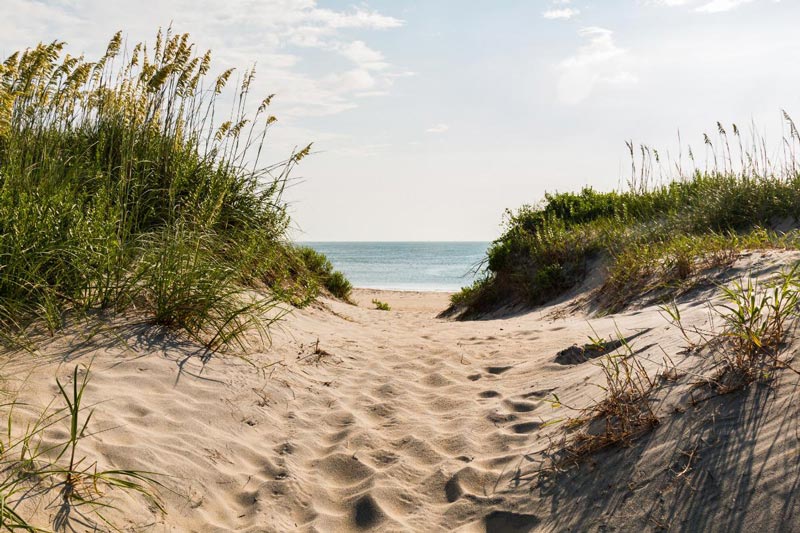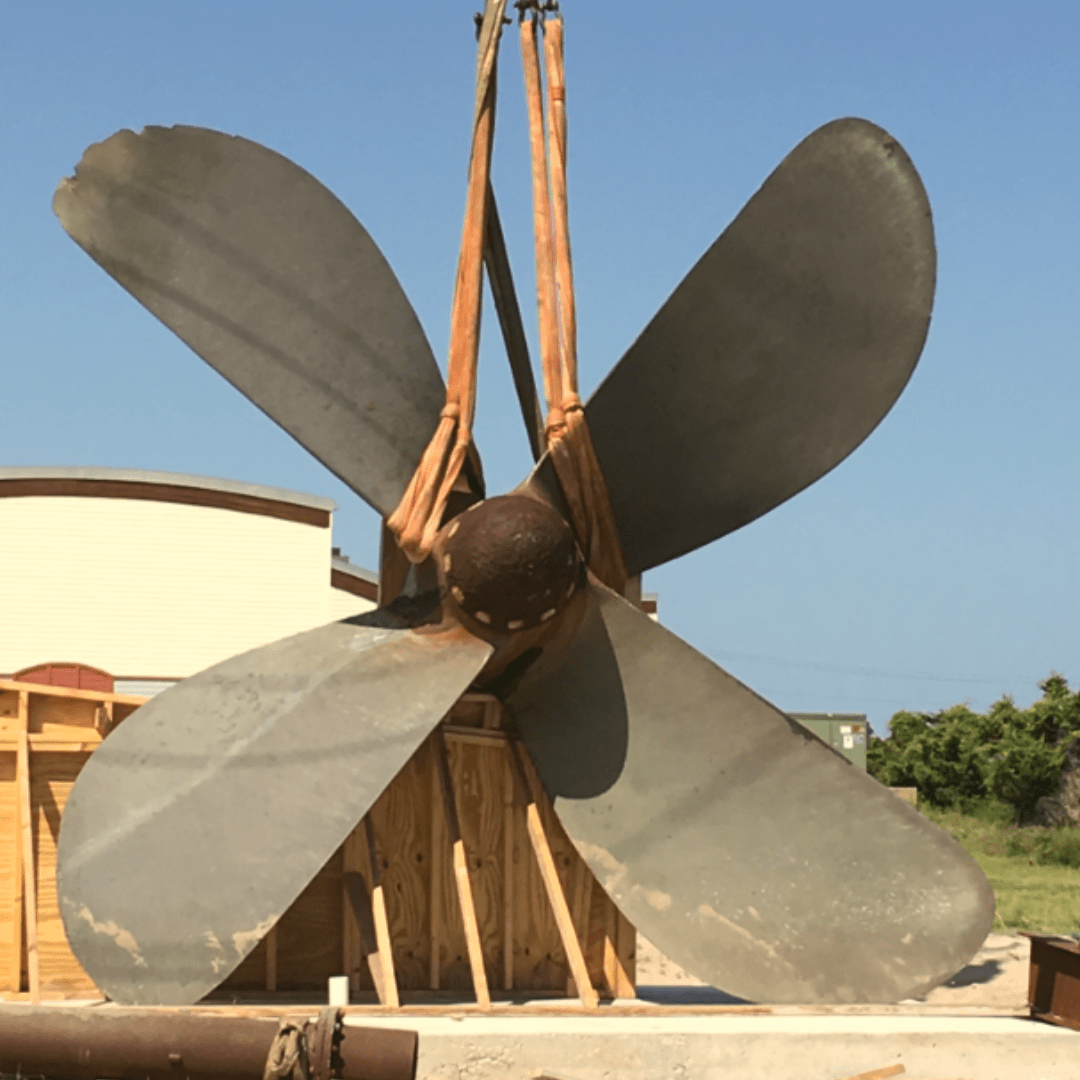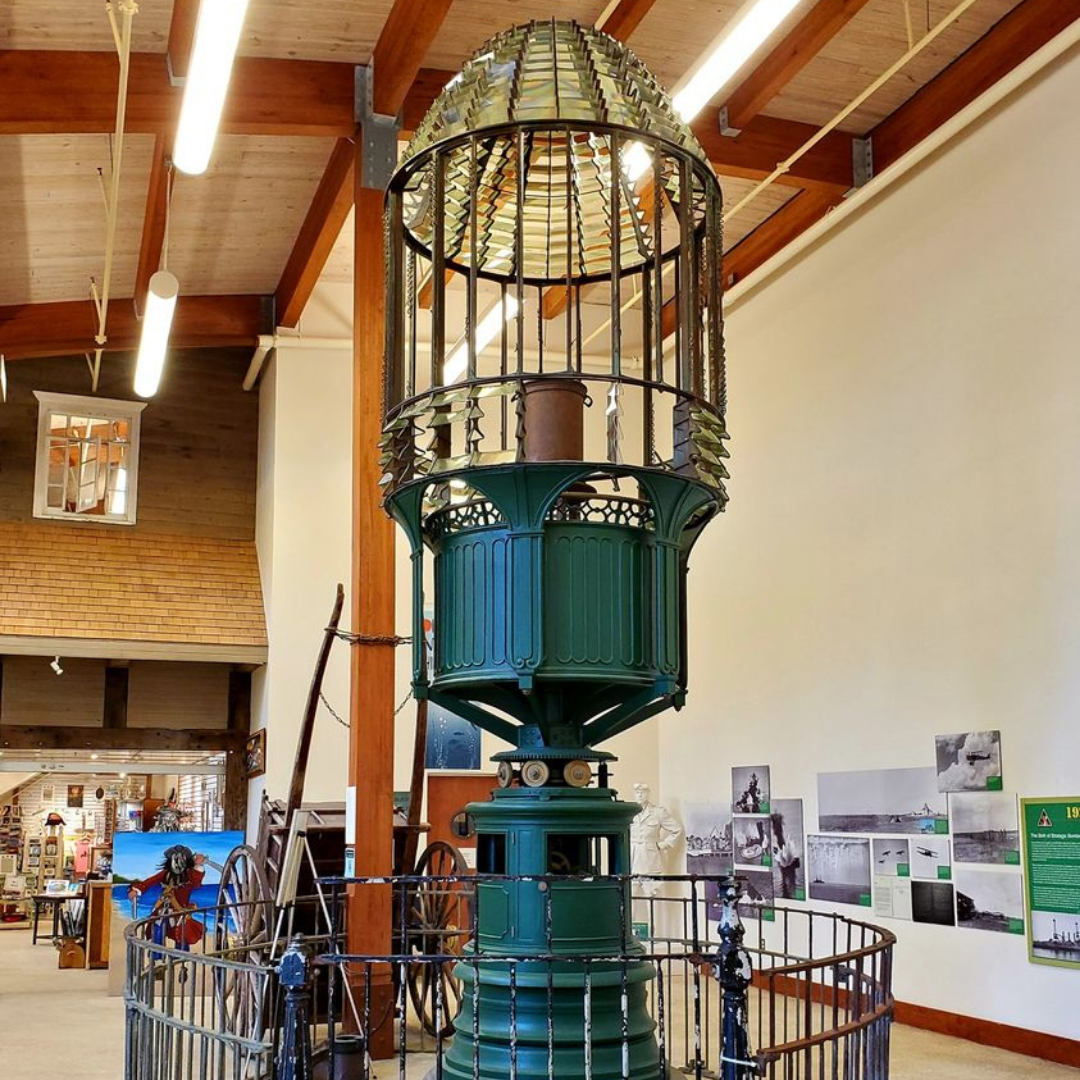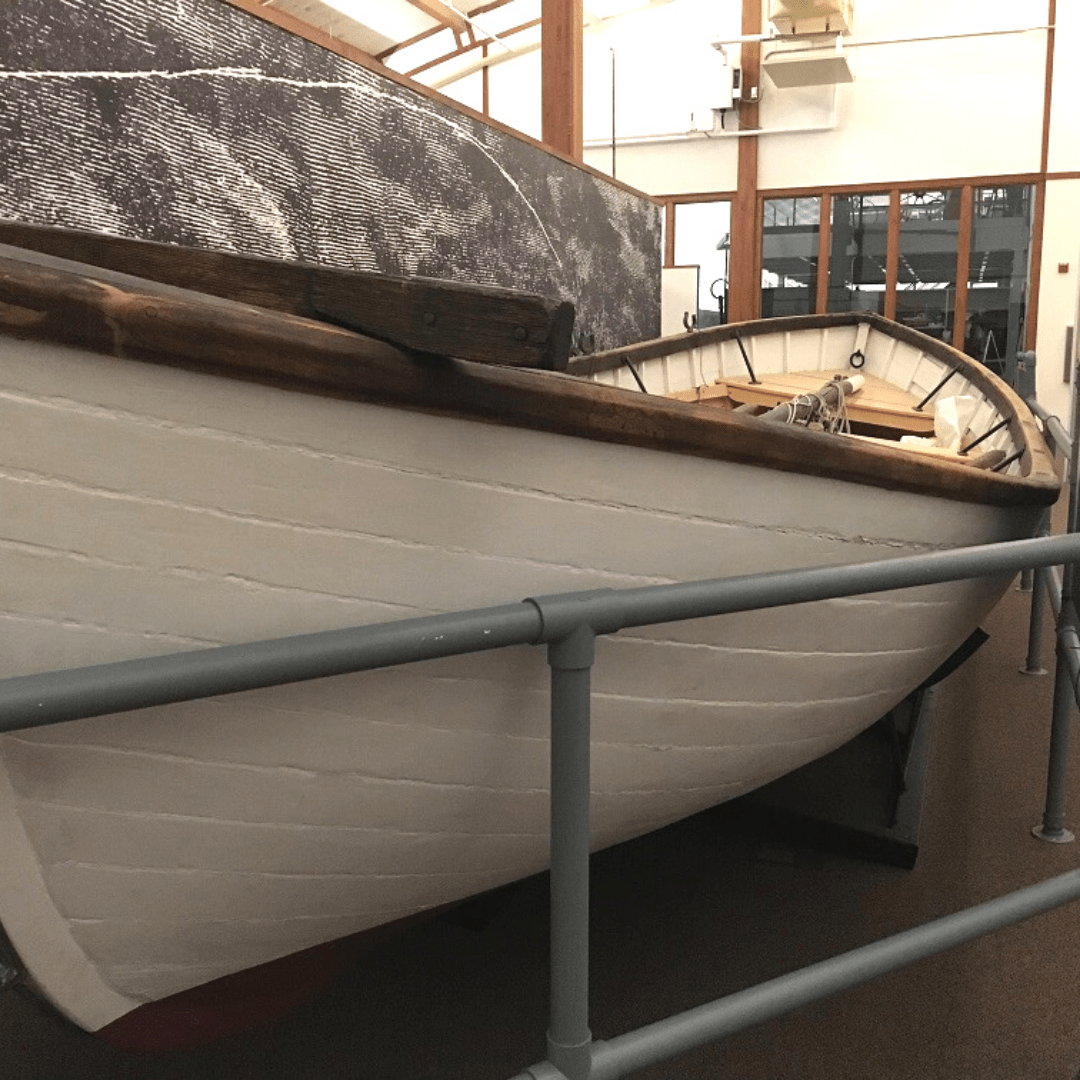
4 Things You Should See in the Graveyard of the Atlantic Museum
-AC384AB9-20210610-163117.jpg)
Below the surface of the beautiful waters off the coast of the Outer Banks, lies a high number of sunken ships, claiming the title as the “Graveyard of the Atlantic.” There are around 3,000 shipwrecks off the coast, dating back to America's first English settlements.
Beneath the waves along Hatteras Island are a cluster of underwater sandbars that are constantly shifting and changing depth, known as the Diamond Shoals. The Diamond Shoals paired with stormy seas and other natural factors, put mariners in grave danger - more often so resulting in tragedies. Among the wrecks off Cape Hatteras are a World War II-era submarine, called the US Tarpon and an early 20th Century passenger liner, called Proteus.
An Outer Banks shipwreck map, developed in 2020 can be viewed here. Learn all about North Carolina’s shipwrecks and dive into the Outer Banks’ compelling past.
The Graveyard of the Atlantic Museum is in Hatteras, North Carolina, just after the Hatteras to Ocracoke ferry dock. With its unique architecture and large ship propeller out front, this museum is hard to miss!
This can be seen before even entering the museum on Hatteras Island. Dionysus was a Liberty ship from the 1940s that started as a World War II ship. The ship itself was sunk in 1978 as part of the artificial reef system off the coast of the Outer Banks. Dionysus is among other purposeful sunken Liberty ships near Oregon Inlet. While the ship itself rests below the water; its propeller welcomes you to the museum!

Pronounced Freh-nel, the Fresnel lens was a French invention that vastly changed the efficiency of lighthouses. This lens helped mariners that dared to sail the dangerous seas. The Fresnel lens is still used in few lighthouses today, including the Outer Banks’ Bodie Island Lighthouse. The Cape Hatteras Fresnel lens has a historical past filled with war, tragedies and strange disappearances. Now, safe inside the museum, ready to teach visitors a history lesson or two.

Used by the U.S. Lifesaving Service on Hatteras Island during the 1800s. The Graveyard of the Atlantic Museum labels this exhibit as a favorite, due to its representation of heroism. This boat would be used by courageous lifesavers, to row out in stormy weather, risking their own lives to rescue stranded passengers and crew. This lifeboat exhibit is part of the Coast Guard’s Historical Collection.

Siebe Gorman & Co. was known for creating the "closed" diving helmet and for making brass and copper helmets. Diving was once a trial-and-error process that often led to fatalities. This is just one of the many diving artifacts the museum has on display. This invention helped pave the way for diving as it is known today. Helping many underwater adventurers explore the ship graveyard off the Outer Banks.

Check out our properties close to the Graveyard of the Atlantic Museum here. Make sure to stop in the museum on your next Outer Banks trip to learn a bit of history about your favorite vacation destination!
Admission to the museum is free and donations are appreciated.
